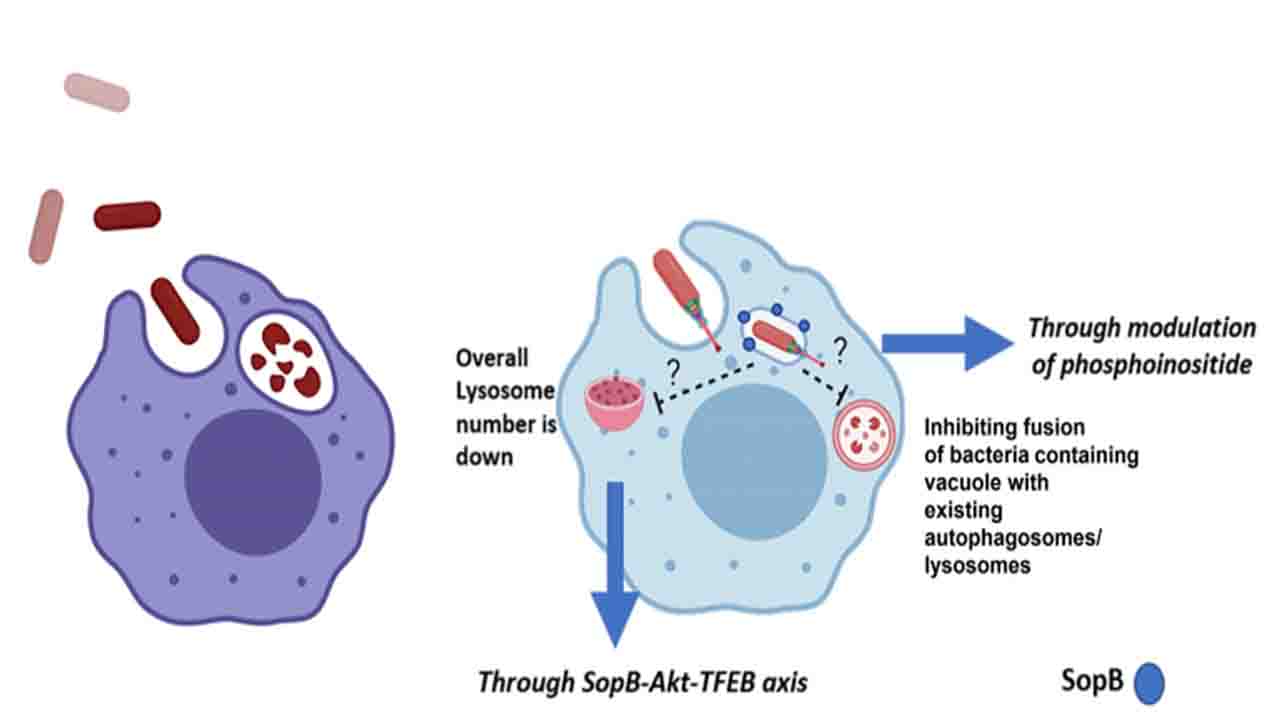Health & Medicine, India (Commonwealth Union) – Salmonella enterica is a well-known and highly adaptable bacterium that poses a significant threat to human health. It is responsible for causing a wide range of illnesses, collectively known as salmonellosis. This bacterium is a leading cause of foodborne infections worldwide, with millions of cases reported annually. Understanding the characteristics, transmission, symptoms, and prevention of Salmonella enterica is crucial for safeguarding public health.
Salmonellosis typically manifests with symptoms within 12 to 72 hours after infection and may last for 4 to 7 days. Common symptoms include diarrhea, abdominal pain, fever, and vomiting. In healthy individuals, the infection is often self-limiting, and symptoms gradually subside without medical intervention. However, certain groups are more vulnerable to severe complications, including young children, the elderly, and individuals with weakened immune systems. In such cases, the infection can spread beyond the intestines, leading to bloodstream infections and other severe health issues.
Survival is a primary instinct of all living organisms; however, organisms have superior adaptations to others that can depend on a variety of factors. Salmonella enterica utilizes a variety of mechanisms to evade the human immune defense system according to researchers. A new study conducted by scientists at the Department of Microbiology and Cell Biology (MCB), in the Indian Institute of Science (IISc), has demonstrated 2 strategies that the bacterium applies to defend itself, both taken applying the same protein.
As Salmonella makes an entry into the human body, every bacterial cell remains within a bubble-like structure referred to as the Salmonella-containing vacuole (SCV). When the bacterial infection occurs, the immune cells inside the body secrete reactive oxygen species (ROS) and reactive nitrogen species (RNS), together with pathways activated to break down these SCVs as they join them with the cellular bodies known as lysosomes or autophagosomes, that cause destruction to the bacteria. But these bacteria have produced robust mechanisms to keep the vacuolar integrity, which will be vital for their survival. An example is when a bacterial cell splits, the vacuole surrounding it divides as well, making it possible for every new bacterial cell to be established in a vacuole. This further guarantees the presence of an increased number of vacuoles than the number of lysosomes capable of digesting them.
For the study appearing in Microbes and Infection, the IISc researchers concluded that a critical protein formed by Salmonella referred to as SopB, blocks both the fusion of SCV with lysosomes and the formation of lysosomes, in a two-pronged method that guards the bacterium. Ritika Chatterjee, a former PhD student from MCB who is also the 1st author of the study indicated this provides an advantage to bacteria to survive within macrophages or other host cells. The research was conducted on immune cell lines and immune cells extracted from mice models.
The researchers discovered that SopB blocks the translocation of a critical molecule known as Transcription Factor EB (TFEB) of the cytoplasm of the host cell to the nucleus. This translocation is important as TFEB plays the role of a master regulator of lysosome production.
“This is the first time we deciphered that SopB can work in a dual manner – it changes the phosphoinositide dynamics of SCV and affects TFEB’s translocation into the nucleus. While other groups have already reported the function of SopB in mediating invasion in epithelial cells, the novelty of our study lies in the identification of the function of SopB in inhibiting the vacuolar fusion with existing autophagosomes/lysosomes, and the second mechanism, which provides Salmonella with a survival advantage by increasing the ratio of SCV to lysosomes,” added Dipshikha Chakravortty, who is a Professor at MCB as well as the corresponding author of the study.








